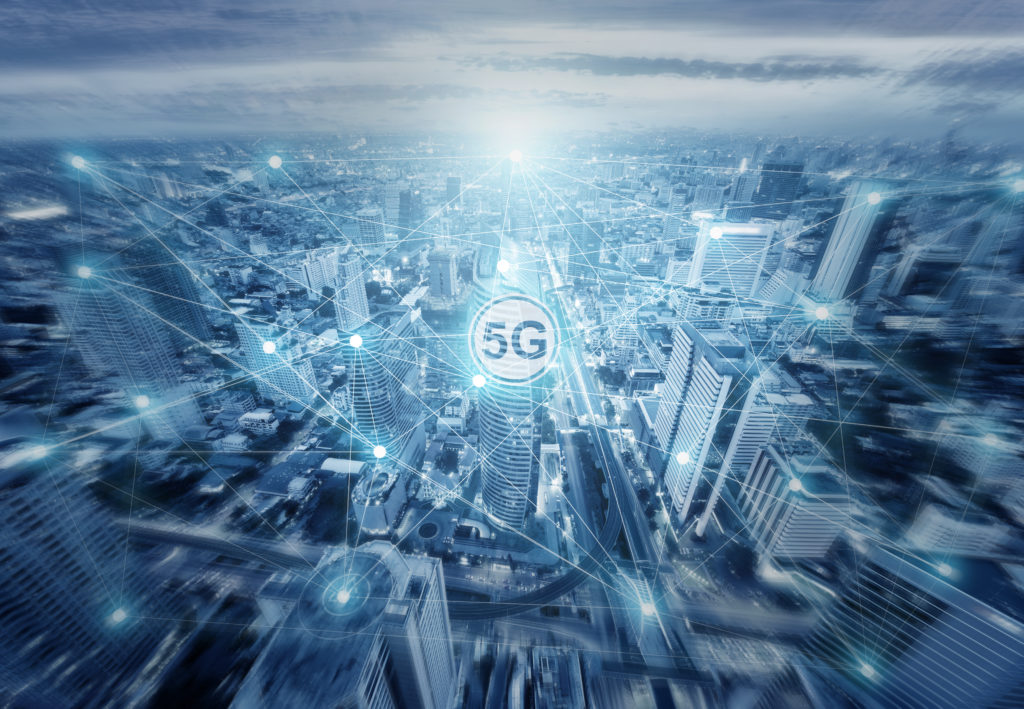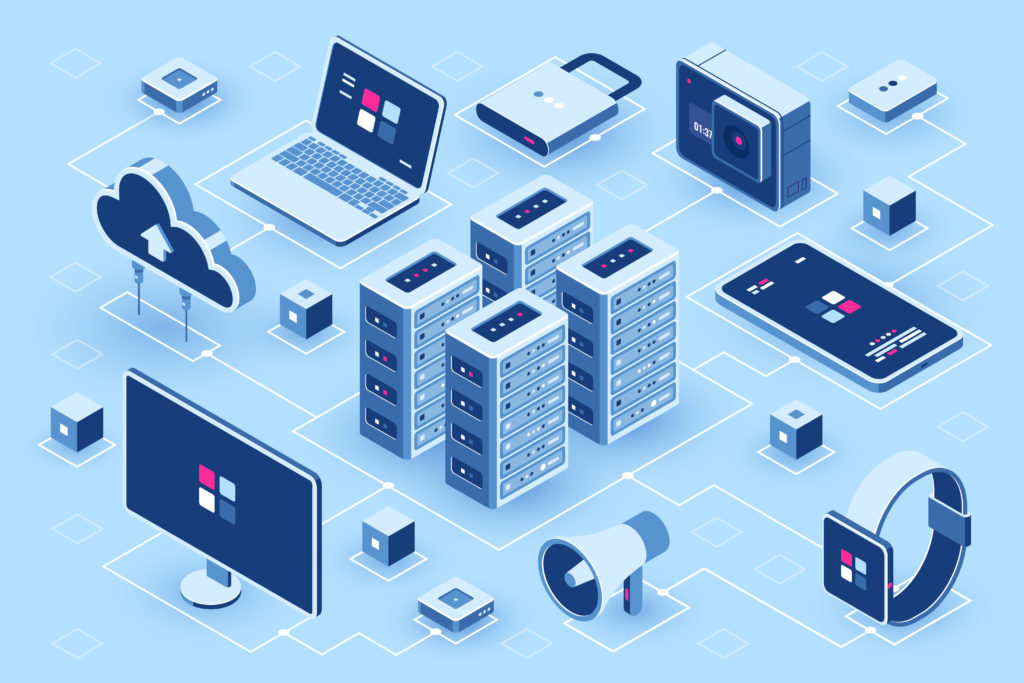The year 2023 has been a year of great technological advancements. We have seen how technologies such as Artificial Intelligence, Internet of Things, Cybersecurity and the Big Data have taken on increasingly prominent roles in our lives.
However, there are other technologies that, while they have not yet reached mass popularity, are gaining momentum and are expected to have a significant impact in the future.
In this blog, we will discuss three technologies that we believe will grow in 2024: Cloud Computing, 5G deployment, and Sustainable Technology. These technologies have the potential to transform the way we live, work, and communicate.
Are you interested in learning more? Keep reading!

1. 5G Network Deployment
5G is the mobile technology of the future, which will offer download speeds up to 20 times faster than 4G. This means that you will be able to download a high-definition movie in seconds, watch 8K videos without interruptions, and play online games without lag.
The main difference between 4G and 5G is speed. 4G can reach speeds of up to 1 Gbps, while 5G can reach speeds of up to 20 Gbps. This means that downloads and video streams will be much faster and smoother with this new technology.
Although this network has already been launched, it has not yet been massively deployed in some places due to several factors, including:
-
- Cost: Telecommunications operators must invest in new infrastructure to offer 5G services.
-
- Availability of radio spectrum: Telecommunications operators need to have radio spectrum available in the right bands to offer 5G services.
-
- Demand for 5G services: Demand for services is still low in some places. This is because 5G-compatible devices are still relatively expensive and there are not many use cases that require the benefits of this technology.
2. Sustainable Technology
Sustainable technology is technology that seeks to use natural resources efficiently and responsibly, reducing the environmental and social impact of its processes and products.
Some of the most common solutions we are aware of are:
-
- Electric transportation: It uses renewable energy to power vehicles, instead of fossil fuels, which reduces greenhouse gas emissions.
-
- Smart agriculture: Through sensors and software, it optimizes the use of water, fertilizers, and other resources, which helps protect the environment.
-
- Solar panels: They generate clean and renewable solar energy, which helps reduce dependence on fossil fuels.

In addition to these technologies, there are many others that are being developed and used to reduce environmental impact.
For example, 3D printing is helping to reduce material use and waste generation. On the other hand, information technology is helping businesses to reduce their energy and resource consumption.
3. Edge Computing
Edge Computing is a way to process data close to where it is generated. This is different from cloud computing, which processes data in remote data centers.
How does Edge Computing work?
Edge Computing uses physical or virtual devices that are located close to the data that is being processed.
For example, a security camera could have a processor in the camera itself that processes images locally. This means that the images do not have to travel to a remote data center to be processed.
A simpler explanation:
Imagine you are playing an online game. In order for the game to work, the data from your keyboard and mouse have to travel from your computer to a remote data center. Then, the data have to travel from the data center to the game server. This can take a few milliseconds, which can be enough for your character to lag behind in the game.
With Edge Computing, the data from your keyboard and mouse could be processed on a device that is located close to your computer. This means that the data would not have to travel to a remote data center, which could reduce latency to a few milliseconds. This could make the game much smoother and more enjoyable.

What are its advantages?
Edge Computing offers several advantages, such as:
-
- Reduced latency: Data is processed closer to the source, which means that results can be obtained more quickly.
-
- Improved performance: Local processing can improve the performance of applications that require a fast response, such as online gaming and virtual reality.
-
- Increased security: Data is processed closer to the source, which reduces the risk of it being compromised.
Examples:
Edge Computing is used in a variety of applications, such as:
-
- Internet of Things (IoT): It is used to process IoT sensor data, such as temperature and motion sensors.
-
- Virtual and Augmented Reality: Edge Computing is used to process virtual and augmented reality data, which improves performance and reduces latency.
-
- Automotive: It is used to process data from sensors in autonomous vehicles, which improves safety and performance.
In conclusion, the technologies we have mentioned in this blog have the potential to revolutionize the way we live, work, and communicate. However, not all businesses and organizations are using them yet.
It is important to start taking them into account because they can help organizations to be more efficient, innovative, and competitive. For example, Cloud Computing can help businesses to reduce their operating costs.
At Consware, we specialize in Digital Transformation. We analyze the needs of each business and, from there, we guide them to find the perfect solution for them.
Do you want to know more about how digital transformation can help your business? Contact us today!
